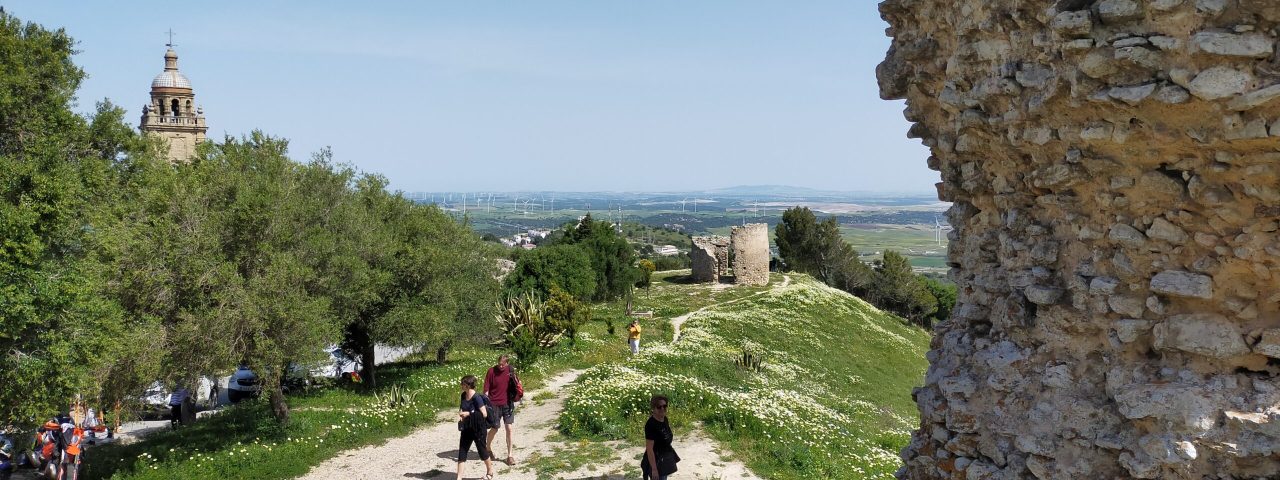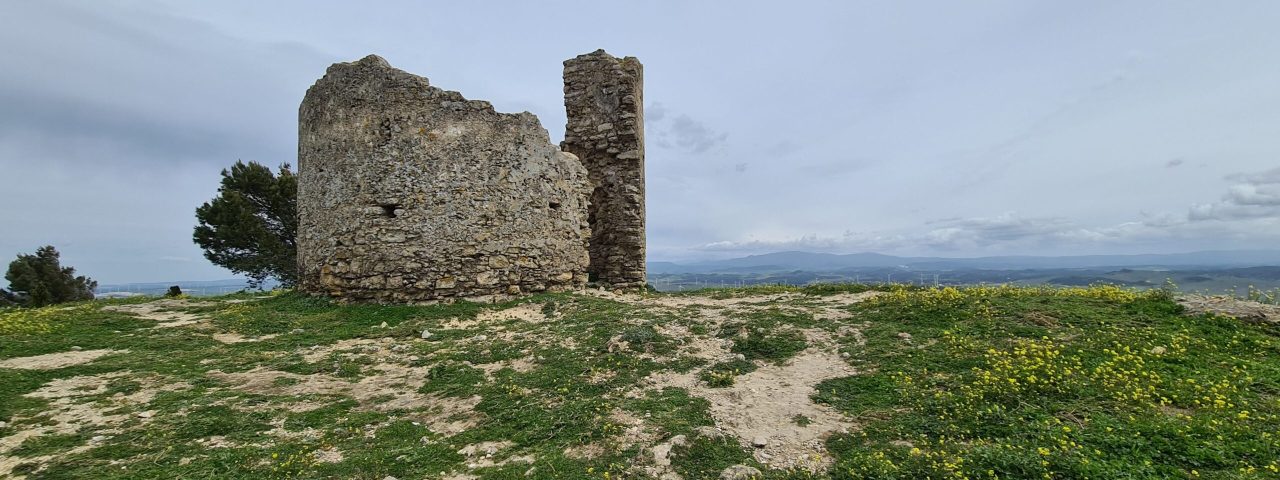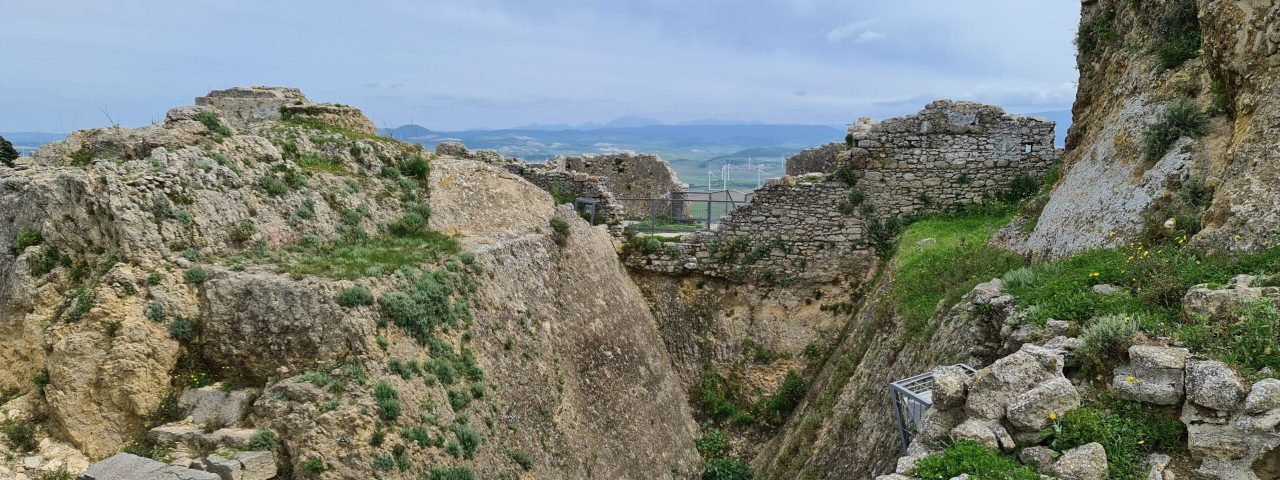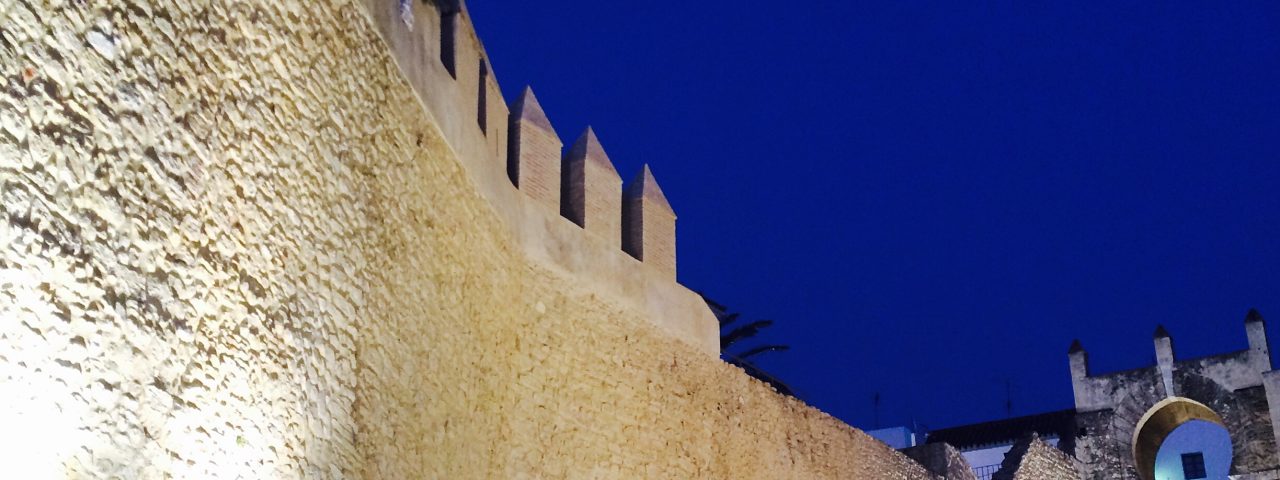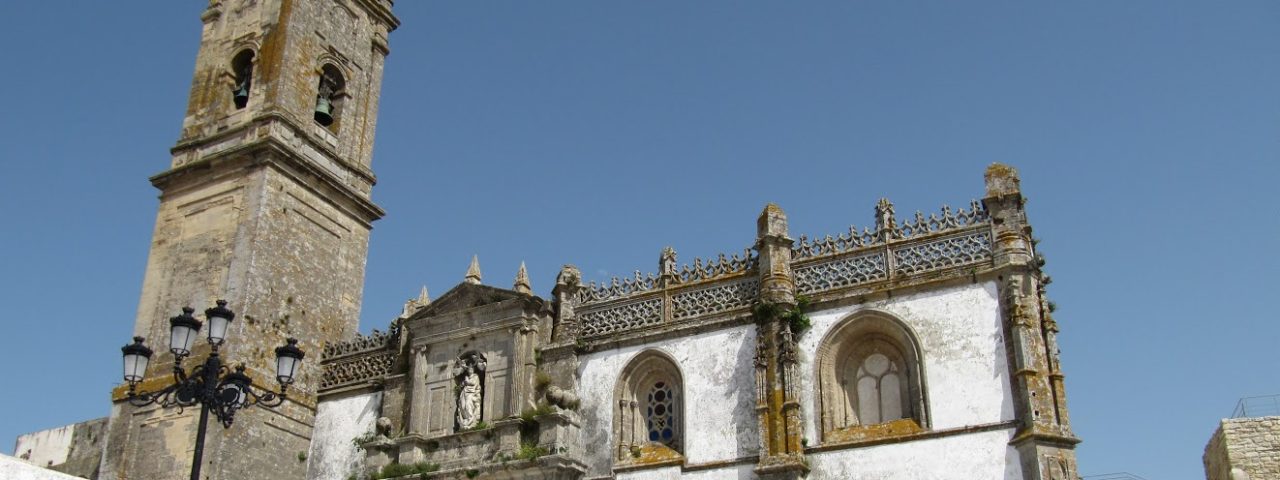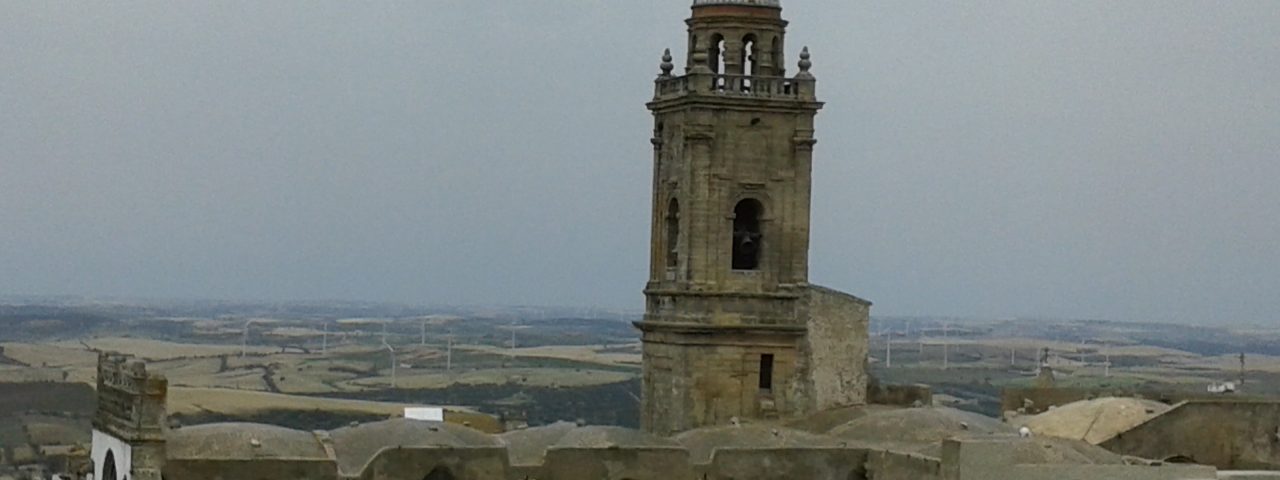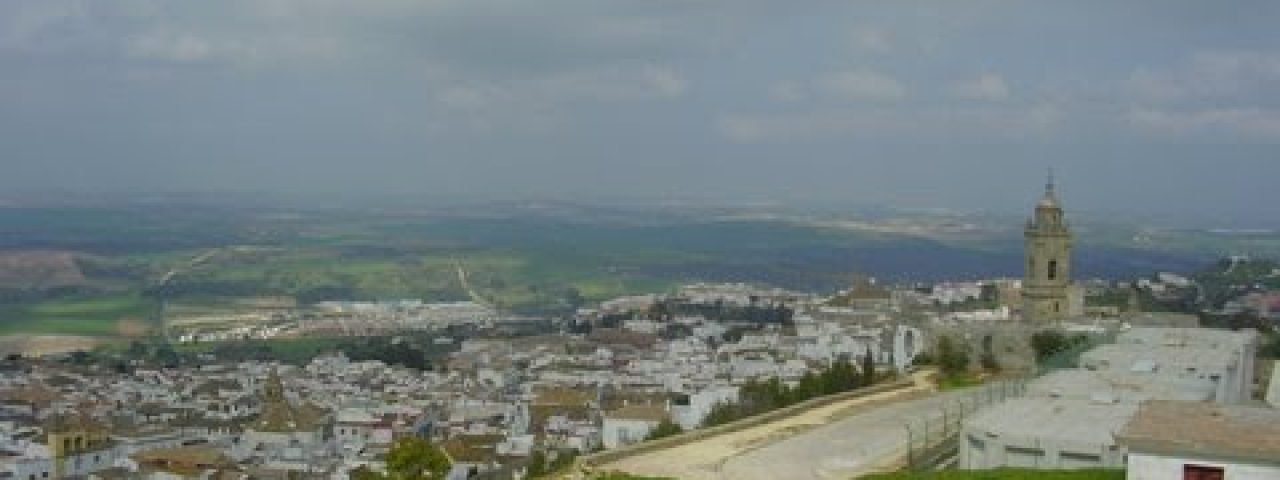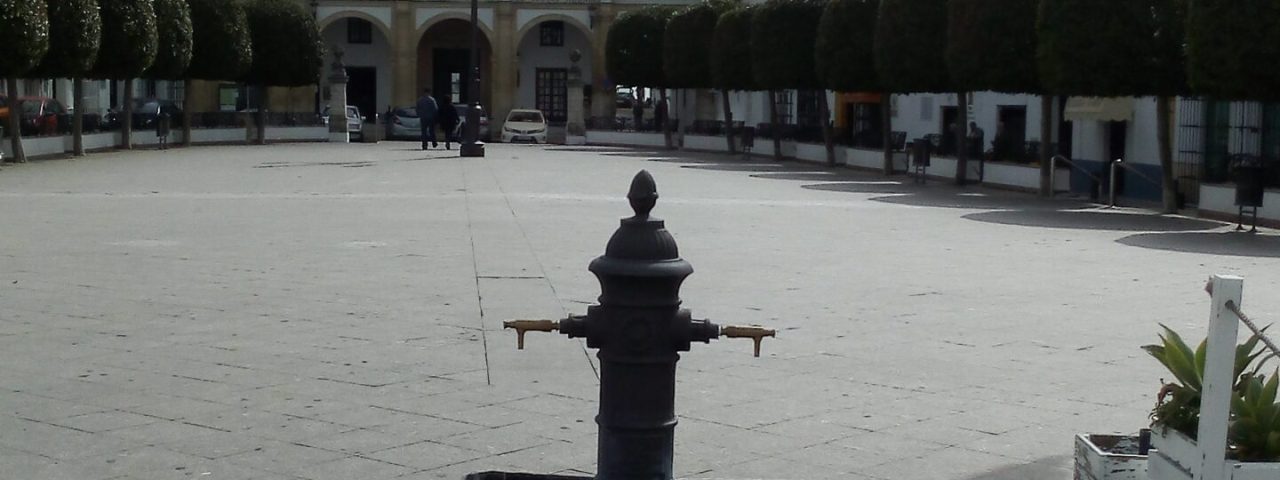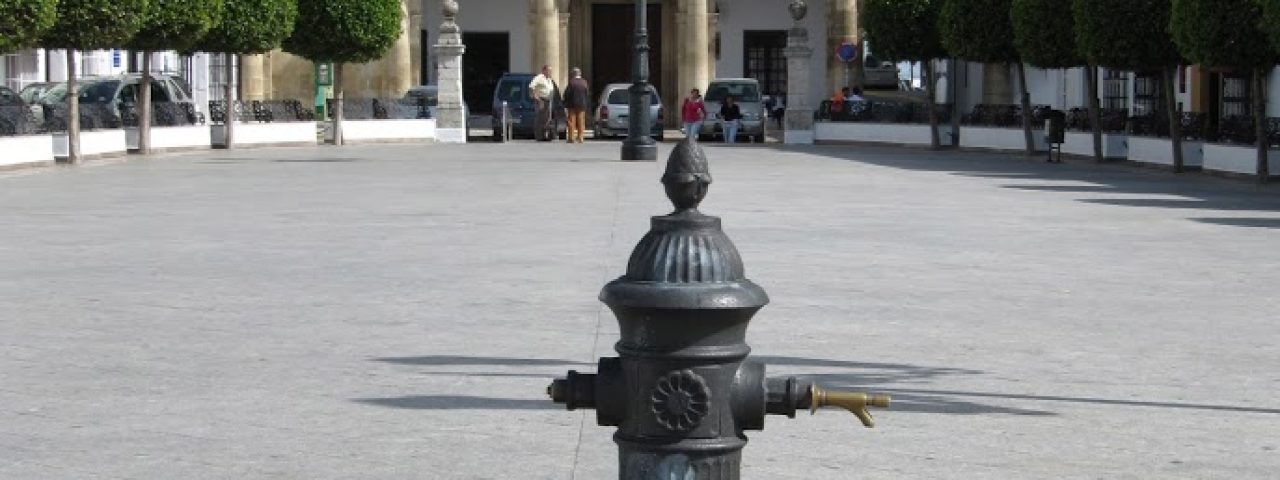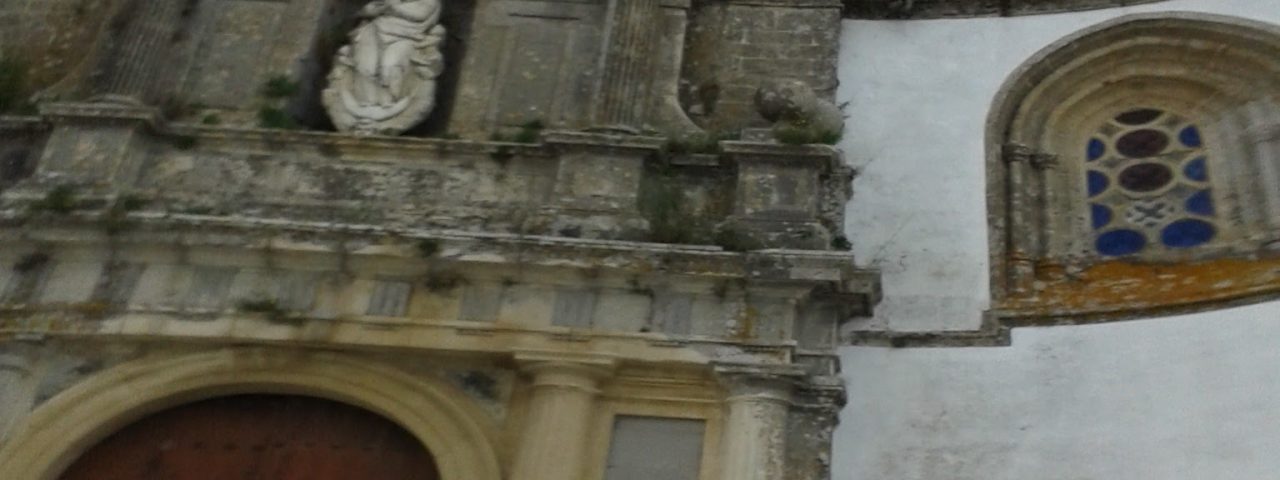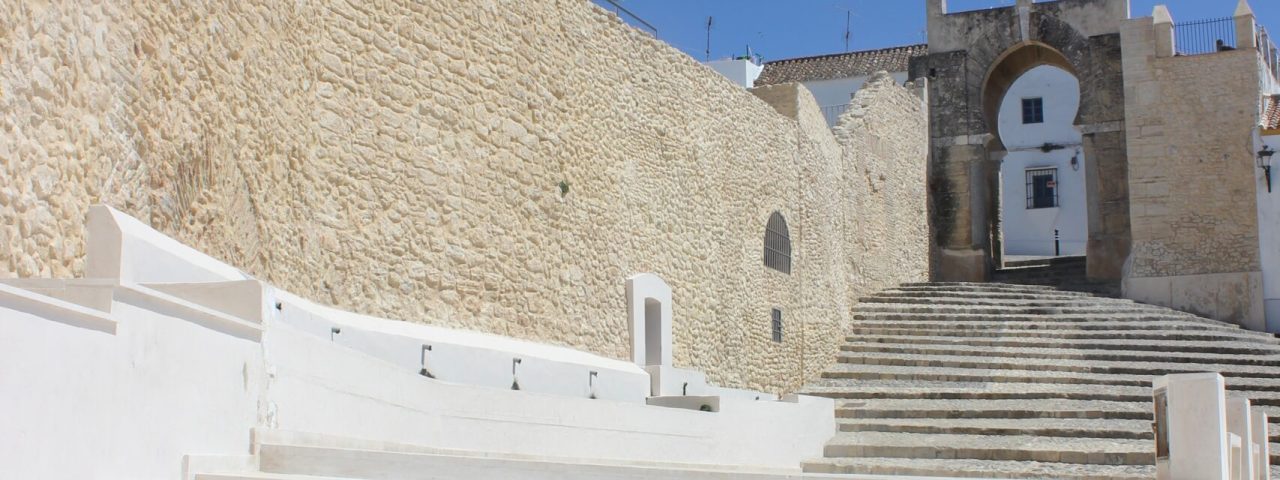Medina Sidonia boasts a rich and diverse history that dates back over 3,000 years. Founded by the Phoenicians and later influenced by the Romans, Visigoths, and Moors, the town has witnessed the rise and fall of many empires. During Roman times, Medina Sidonia was an important settlement known for its strategic location and its production of garum, a prized fermented fish sauce. The remains of Roman roads and aqueducts still exist today, reminding visitors of the town’s ancient past.
The town’s name, “Medina,” reflects its significant Moorish history, as the word means “city” in Arabic. Under Moorish rule, Medina Sidonia became a key fortress city due to its elevated position, providing protection and control over the surrounding areas. After the Christian reconquest in the 13th century, the town continued to thrive under noble families, most notably the Dukes of Medina Sidonia, who played a prominent role in Spanish history.
Culturally, Medina Sidonia is known for its religious festivals, particularly Semana Santa (Holy Week), which features grand processions and a deeply spiritual atmosphere. Another notable event is the Feria de Medina Sidonia, held annually in July, where locals and visitors celebrate with traditional Andalusian music, food, and dancing. The town’s cultural vibrancy is also reflected in its artisanship, particularly in the production of local pastries and crafts.

